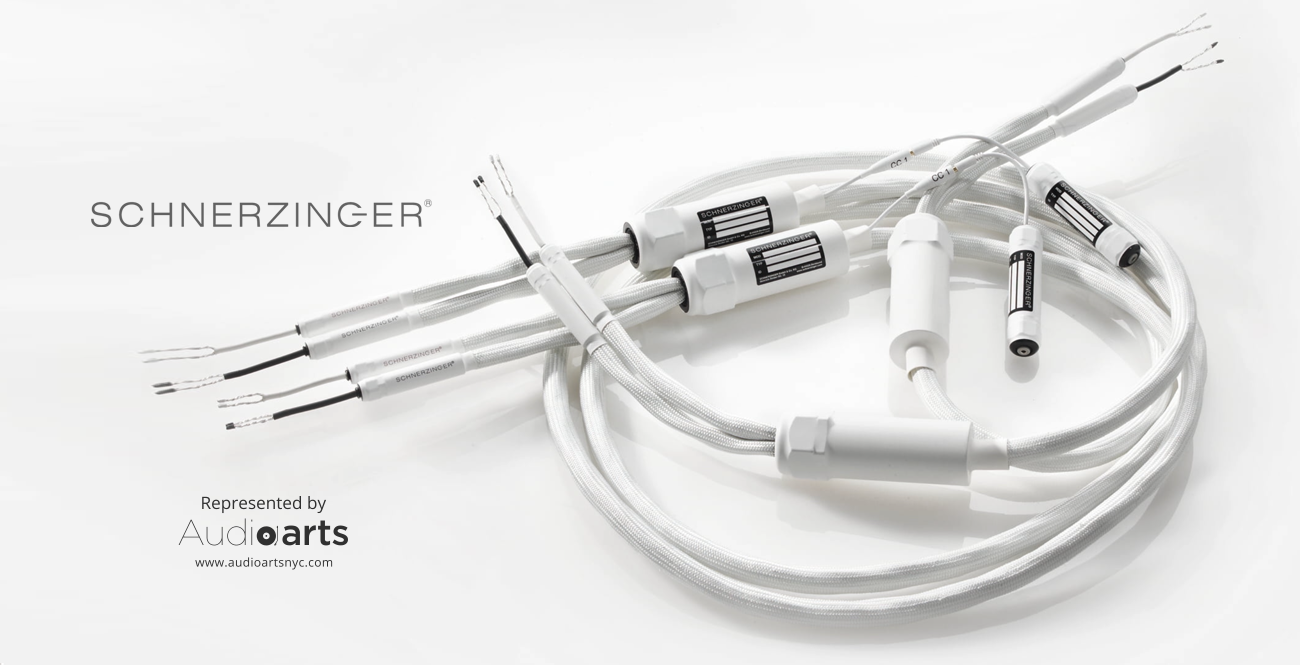Luca! You told me to set everything to 11! (one louder)Just to make things more complicated: the devices placement counts, too.
I ended up placing the EMI (elevated around 60 cm from the floor) EXACTLY CENTERED on the front wall, behind the speakers.
I also noticed an improvement placing the Master in the middle of the room, I mean at the same distance from the 4 MULTI GUARDS which are plugged into 4 different sockets (2 of the front wall and 2 of the Allocator on the side wall).
I like everything set to II. I don't actually plug the Grid Protector, or the rest of my gear into power. But I believe I hear purity. (Unless I hum the tune)



